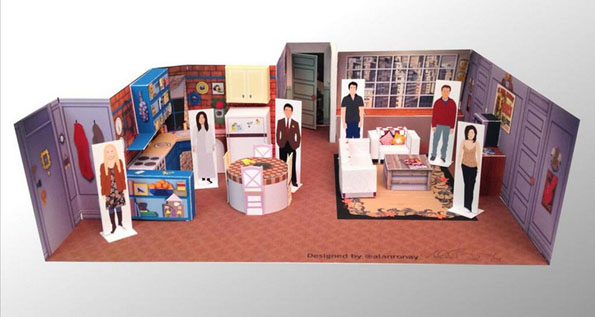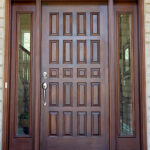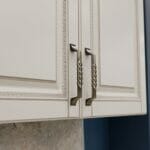Let’s get creative! Face it, much of the stuff you do when it comes to DIY can be dull. Paint this! Screw that in place! You may even get to hang shelves or a door. Having a jigsaw means you can be creative. That means you can cut and shape things, making objects that if not beautiful certainly do the job well. As such your jigsaw could soon be your favourite tool!
Bosch – the very best
Time and again, full time joiners and DIYers find that Bosch makes the best tools for the job. My favourite jigsaw is a versatile tool that cuts exactly as you need without any rough stuff or wiggles when there should be straight lines. Bosch make the bestselling jigsaws on the market at whatever price point you choose as they are so reliable, even if they cost a little more!
Setting up
There are two types of jigsaw cuts you will make – the rough cut and the fine cut. If you’re just slicing a sheet of ply-board in two but doing fine work later you can fit a low tooth-per-inch blade to the jigsaw to make a fast, rough cut.
If you want to do finer work you should consider a blade with a high tooth-per-inch number so more teeth are there to cut a far smoother line. Have a look at your DIY store for ‘dual cut blades’ as these do the cutting on the upstroke as well as on the down-stoke. These again can make for a far smoother, finer cut than the traditional blades that only cut on the upstroke (leaving the bottom side smooth and the upper rough).
When you’ve fit your blade, mark up. Either with a piece of off-cut wood or by drawing a line with a pencil and set-square, mark up the cut you want.
Now clamp it all down. The less likely it is to move the better your cut!
Power through
Cutting is the easy bit as long as you know what you’re doing! Power up the jigsaw with the trigger and only make contact with the material you’re cutting when it is at top speed. This will make easy meat of the material.
Try to cut in one, smooth motion. This might take time on a more complicated cut but if available you can lock the throttle trigger to save on hand fatigue.
When you reach the end of the cut, if you aren’t through the material, lift it out while at speed and then undo / let go of the trigger. This again will avoid damaging the material you are working on.
Beyond the basics?
In the cut above you may have done a beautiful curve… or just gone in a neat straight line. Did you know that most jigsaws can cut at angles too? You can precisely set the side angle before doing the cut so you have a nice angled cut, perhaps for part of an intricate join or just a chamfered edge for added wow factor.
Once you have mastered the basics, you can really get creative and as we said at the outset of this piece, the jigsaw could soon be your favourite tool in your box!
Image Source: BigStock.com (licensed)
Related Categories: Entertainment, Reviews







